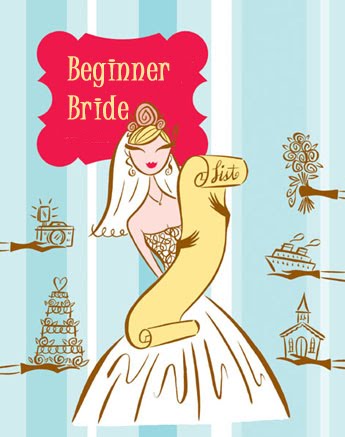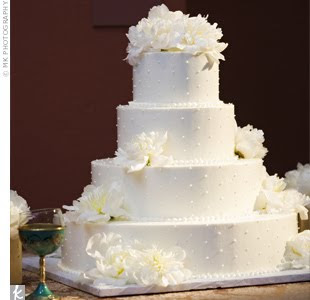It would be nice to have all coordinating casual dinnerware and serving dishes, coordinating glassware, and coordinating silverware.
I would love to pick a china pattern...but how often would we realistically use it?
We do need new sheets and towels. But there are so many different thread counts, types of material and sizes. I need to do some research. It's too bad I can't call Martha Stewart up and get her opinion.
According to Bed, Bath & Beyond, the most important feature of a towel is its fiber content. (Ok, so my mind goes straight to beans and Benefiber and Fiber One. And farts. I just can't help it.) Most towels are made of cotton or cotton blends, and the quality of cotton is based on the length of its staple or fiber. The longer the staples, the more luxurious, durable and absorbent the cotton will be.
The most common types of cotton are:
- Egyptian: A long staple cotton grown in the Nile River Valley. Highly absorbent cotton that is strong yet breathable.
- Organic: A cotton grown without the use of pesticides, herbicides and fertilizers.
- Pima: Named after the Pima Native American Tribe. High quality and long staple.
- Supima: Abbreviation for "superior pima." The finest yield of long staple Pima cotton that is grown exclusively in the U.S. by certified farmers.
- Turkish: A long staple cotton grown exculsively in Turkey. Often noted for its natural sheen and extra durability.
- Brazillian: A basic cotton grown exclusively in Brazil. Has a standard staple length.
- Terry: Means that the towel has loops. Most absorbent towels are made of cotton with loops across the entire service. The longer and denser the loops are, the more durable and absorbent.
- Velour: Fibers stand up on the surface like blades of grass and are identified by cut loops which make make the surface of the towel smooth. Enables clear display of printed designs and is ultra soft, but not as absorbent as terry.
- Combed: Fibers of the towel are combed to create soft and strong yarns by removing short uneven fibers. The fibers left behind are long, straight fibers that are even and aligned.
- Microfiber: Modal or Beech are woven with cotton to create an ultra absorbent towel that dries quickly.
- Zero Twist: Twist refers to the number of twists per inch of yarn, so the lower the amount of twist in a yarn, the longer the loops, leaving the towel extremely plush. With long staple cotton yarn, low or zero twist fabric can be achieved.
- Two Ply: Double the amount of yarn is used in the manufacturing process for increased absorbency and durability. Tend to have a densely woven pile and a substantial, weighty feel.
- Hygro Cotton: The yarn has a hollow core to allow air space at the center of the yarn to absorb water as it runs down the loop which enables it to capture more water. Lofts well (umm, what?) and becomes extra fluffy with washing.
100% cotton sheets are the most comfortable and the most breathable because they are an all natural fiber. On the other hand, a cotton/polyester blend will not wrinkle as much and is more reasonably priced. However, polyester sheets will not breathe or absorb moisture as well as cotton. (I'm already won on 100% cotton.)
Cotton sheets are made of Egyptian, Pima, Supima, or Organic cottons. Other sheets can be synthetic, blend (cotton/polyester is the most common), modal (a fiber made from the pulp of beech trees), or bamboo.
The weave, manufacturing techniques and thread count are also important to consider.
Weaves might include:
- Sateen: Has a stitch of four over, one under, placing the most threads on the surface, making it extremely soft, but slightly less durable than a percale or pinpoint.
- Pinpoint: Has a stitch of two over, one under. It is more durable than a regular weave, but not as soft as sateen. Often will soften after repeated washings.
- Percale: Yarns are woven one over and one under each other to produce a strong, long-lasting fabric. Can be finished to have a crisp or soft feel. This weave allows air to pass through easily, so it tends to be breathable. Will also soften after repeated washings.
- Twill: Yarns typically woven two over and one under. It can be easily identified by diagonal lines on one side of the fabric. These sheets hold their shape well, drape well and are somewhat wrinkle- resistant.
- Combed: Cotton fibers are combined to create soft and strong yarns by removing short short uneven fibers. Leaves behind long, straight fibers which are even and aligned.
- Compact: A process that significantly reduces the amount of hairy stray fibers and weak spots in the thread. Fibers are compacted towards the core of the yarn as they are twisted. Also enables fabric to be resistant to wrinkling and pilling.
- Flannel: Medium weight fabric that is soft and fuzzy and is usually made of cotton with a napped finish on one or both sides. Napping is a brushing technique that provides a raised surface with a fluffy appearance.
- Jersey: Feel like a t-shirt and provide a stretchy fit. Knitted and not woven.
Now we have to make final decisions about WHERE to register. Or else I will register at every store with a registry.


















